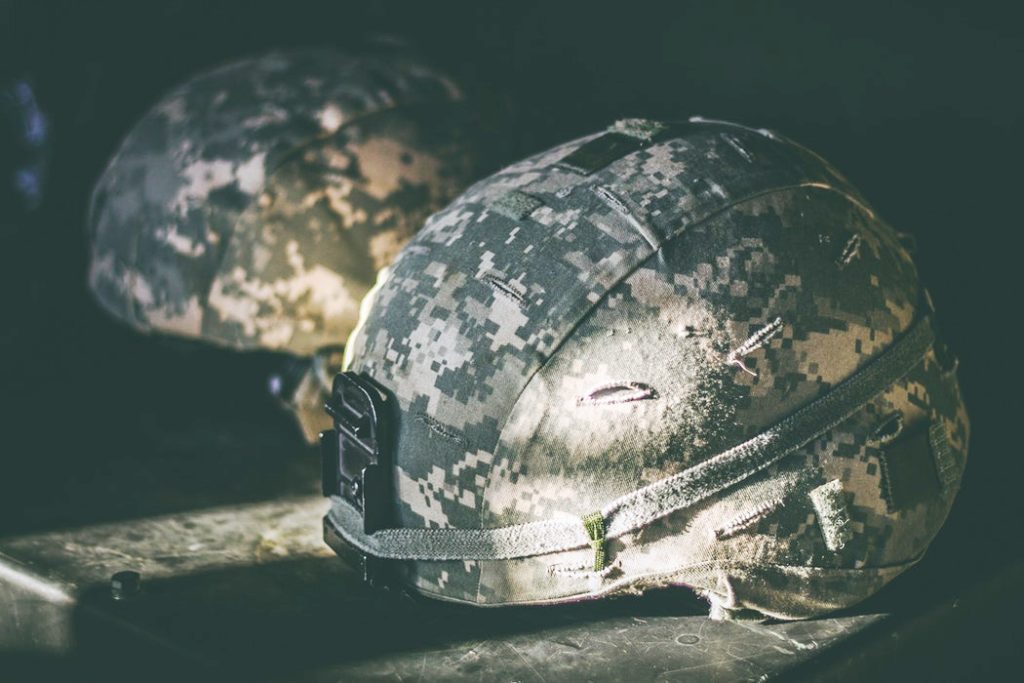What Clothing and Textiles Suppliers Should Know about Item-Level RFID

We’ve written about the value of item-level radio frequency identification (ILRFID) across different types of industries, but for makers of clothing or textiles for the federal government, item-level RFID has become vitally important.
Item-level RFID tagging identifies and tracks unique assets, allowing companies to better understand inventory levels and locations. RFID in general has gained in popularity – in fact, research found the total RFID market had an estimated worth of $11.2 billion in 2017, and estimated that more than 18 billion tags were sold. This amounts to a growth rate of 20% compared to the prior year.
Why item-level RFID is important for clothing and textiles producers
While there are RFID standards for the case and pallet level within the Department of Defense suppliers, clothing and textiles producers are required to also RFID-label items at the individual level.
Take, for example, the story of Original Footwear LLC, makers of combat boots for the U.S. Air Force. A top supplier of combat footwear since 1965, a few years ago they were asked by the DoD to begin individually RFID-tagging every pair of boots they shipped. While this required a major process change, the company was able to quickly and efficiently achieve compliance with the DoD’s requirements using Odyssey’s cloud-based software platform, RF tags, and readers.
Another example is heart&core, which was awarded a contract to supply t-shirts to DLA Troop Support. Shipping more than 90,000 items per month, with item-level RFID tracking required for each, they looked to Odyssey to help them with label printing and tracking. In addition to using Odyssey’s VIM-ASAP Console software and scanning equipment to streamline their fulfillment and shipping processes, they also use the proprietary Odyssey software that allows them to scan a box and automatically capture all the item-level information for each of the individual items it contains. Instead of having to scan item by item to meet the DoD’s item-level RFID tracking requirements, heart&core can simply scan each box once and get the required data on its contents.
Other benefits of item-level RFID
Implementing item-level RFID also helps clothing and textiles suppliers with:
- Shipping lead times: RFID can solve speed and accuracy issues with sorting and tracking finished products and their components.
- Accurate inventory tracking: RFID tagging provides highly accurate, precise information while greatly reducing the opportunities for human error. According to RFID Journal, this type of tracking can bring inventory accuracy up to 95% or better.
- More efficient scanning: RFID tags can provide information more quickly than traditional tagging methods, like barcodes. This is due to the fact that they can wirelessly multiple item tags simultaneously. The technology also reduces man-hours spent scanning, which helps with cost control.
How to successfully implement item-level RFID
Adopting any new tech brings its own challenges. Item-level RFID is no different. Human error is often the culprit, since it doesn’t matter how well an RFID label is printed if someone entered incorrect information to generate it, or applied it to the wrong item.
It’s important to look for item-level RFID technology that can:
- Generate hang-tag or item labels with integrated RFID
- Create and associate item labels with an RFID case label
- Produce and associate RFID case and pallet labels
- Electronically submit the RFID shipment pedigree to VIM
But arguably more important than the technology is the provider you choose to work with. Partnering with a provider like Odyssey that specializes in working with defense suppliers can help your implementation of item-level RFID go smoothly.
See which item-level RFID tagging solution is the best fit, and talk to the experts at Odyssey to plan your strategy.
